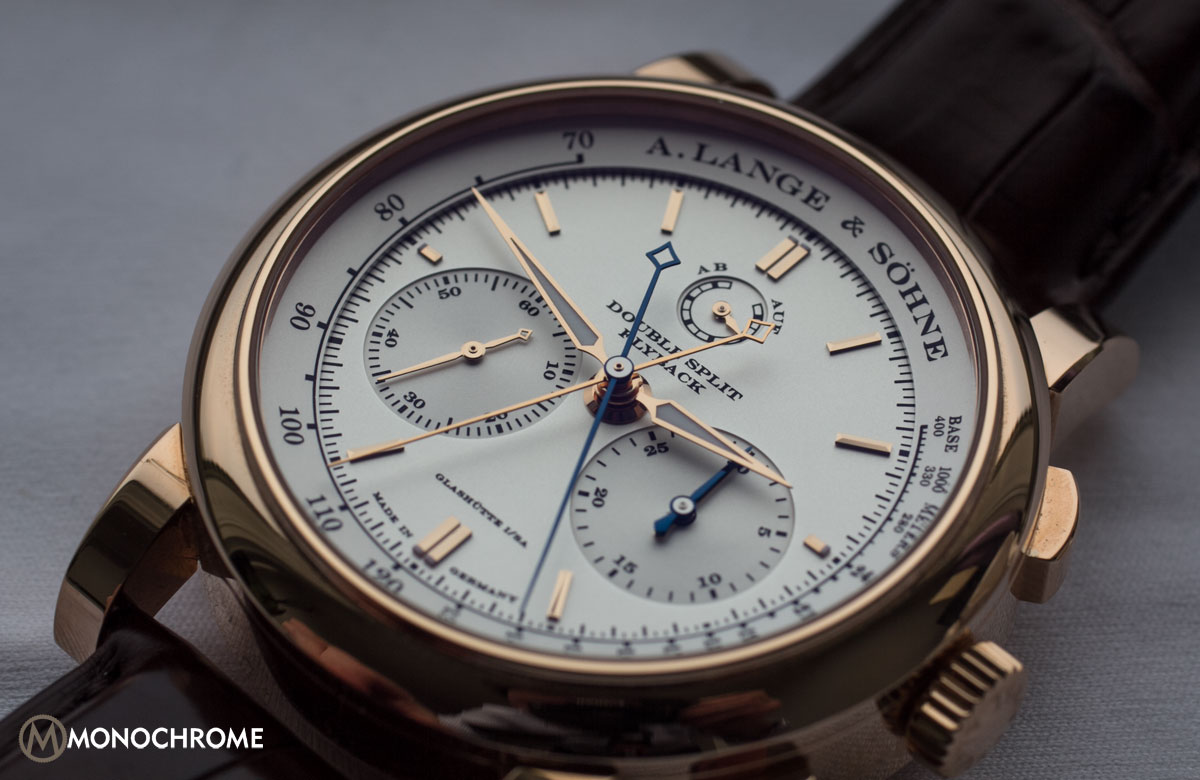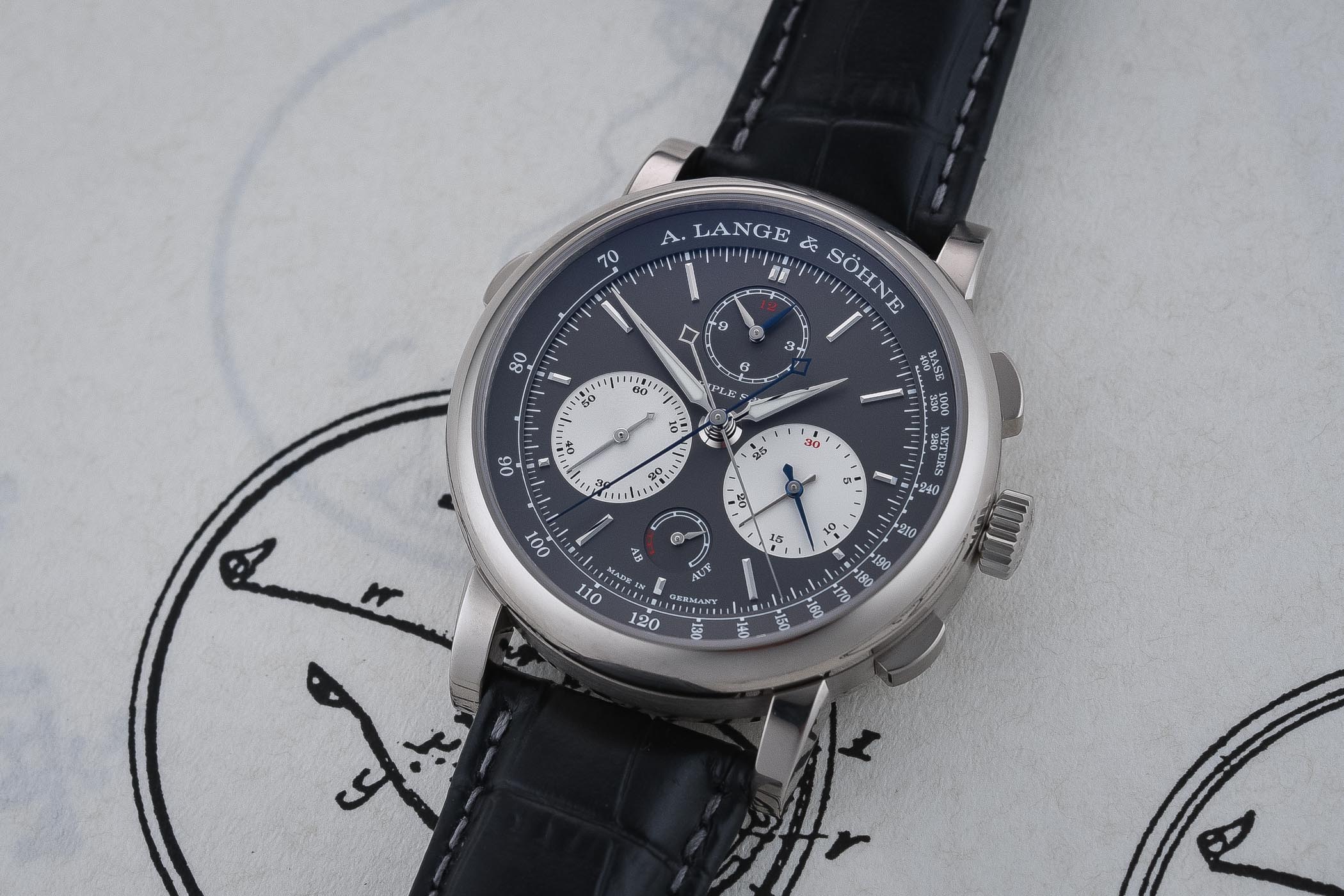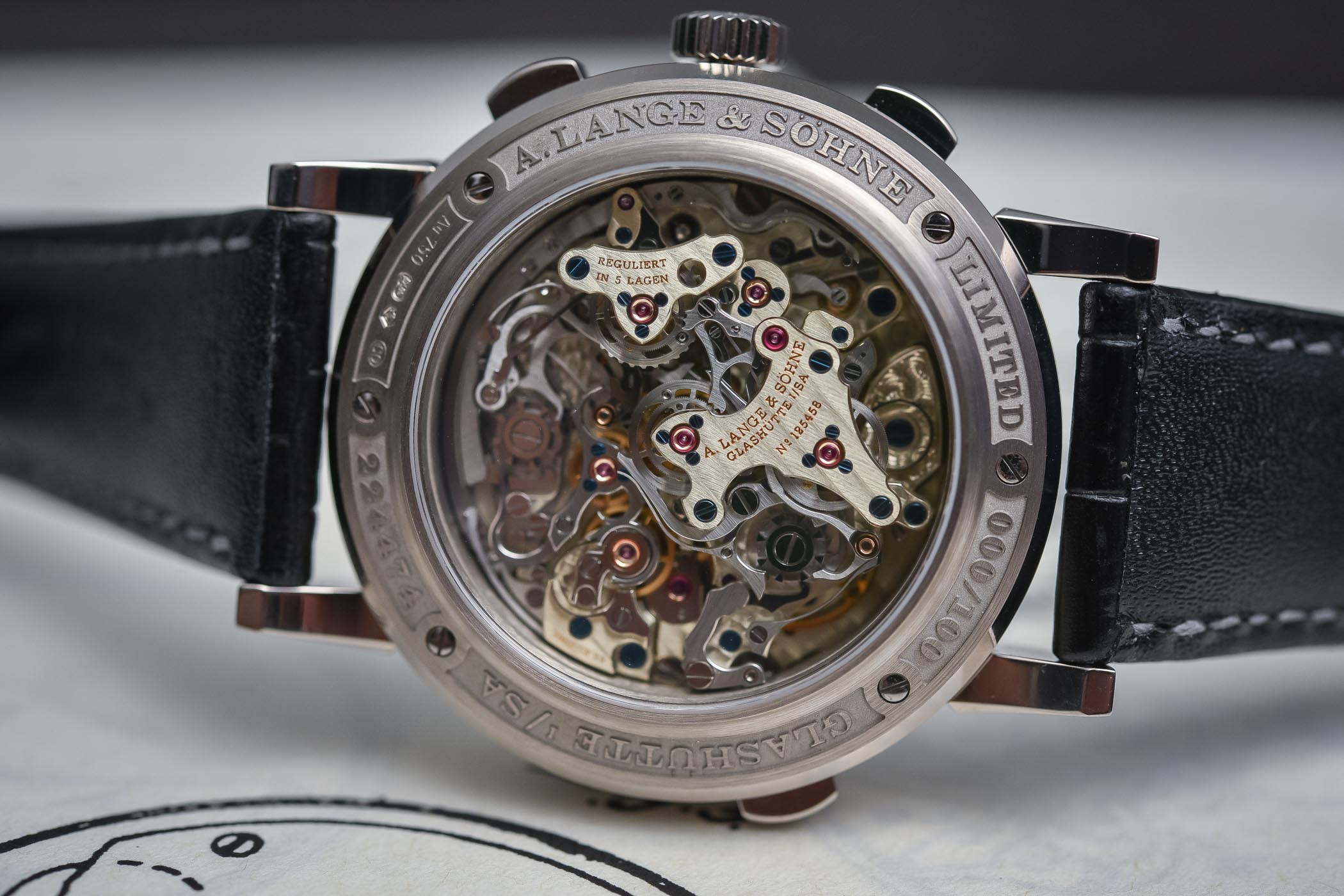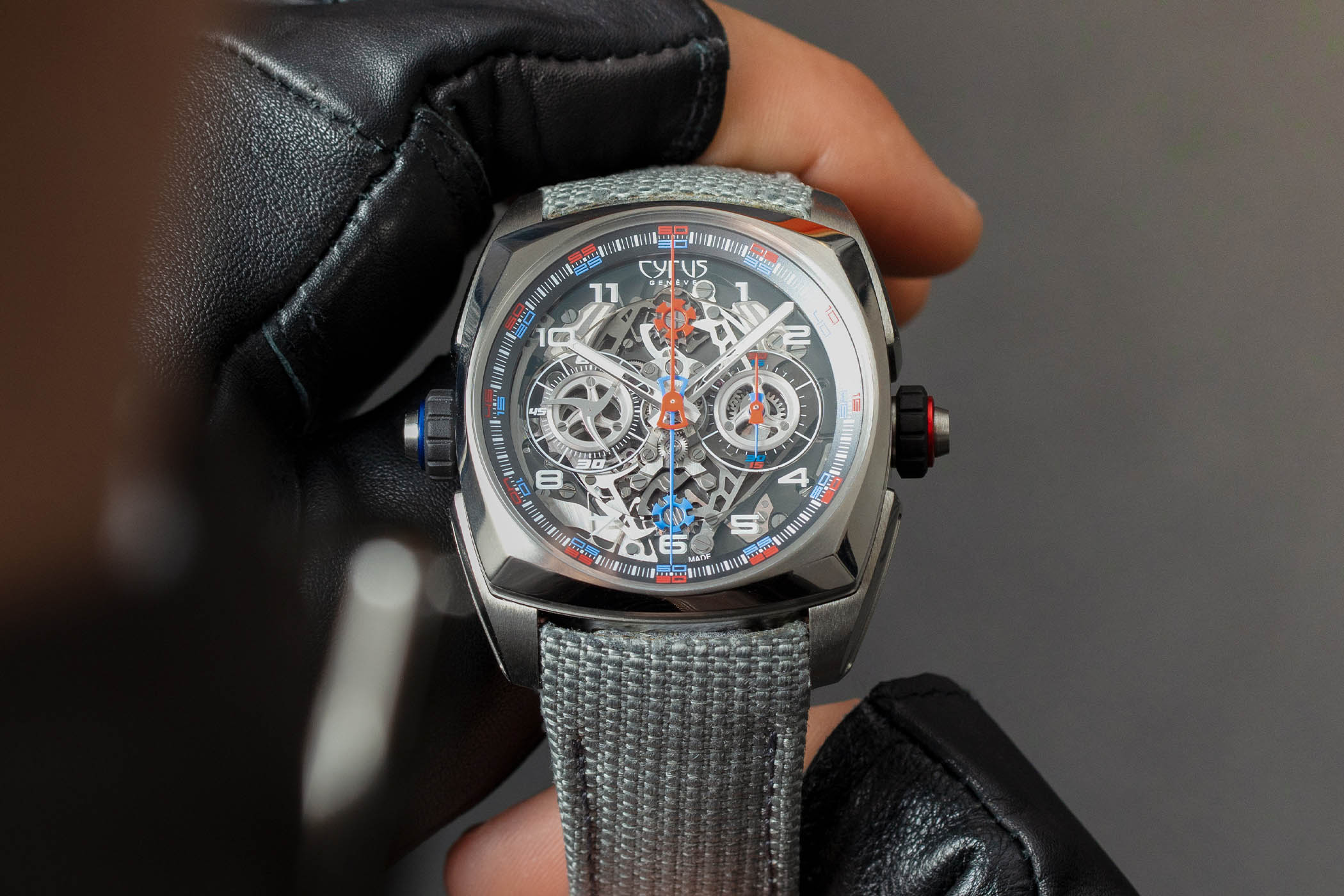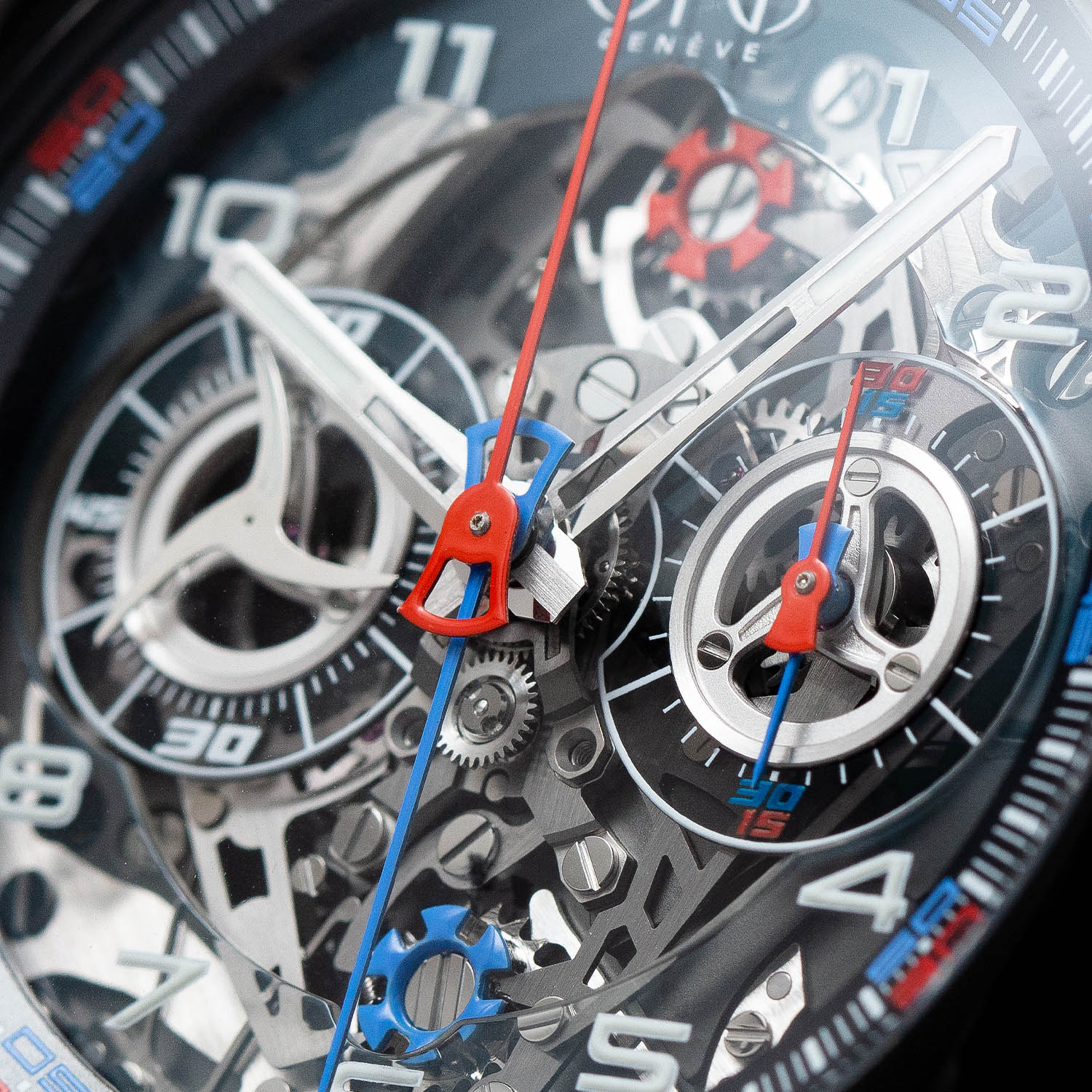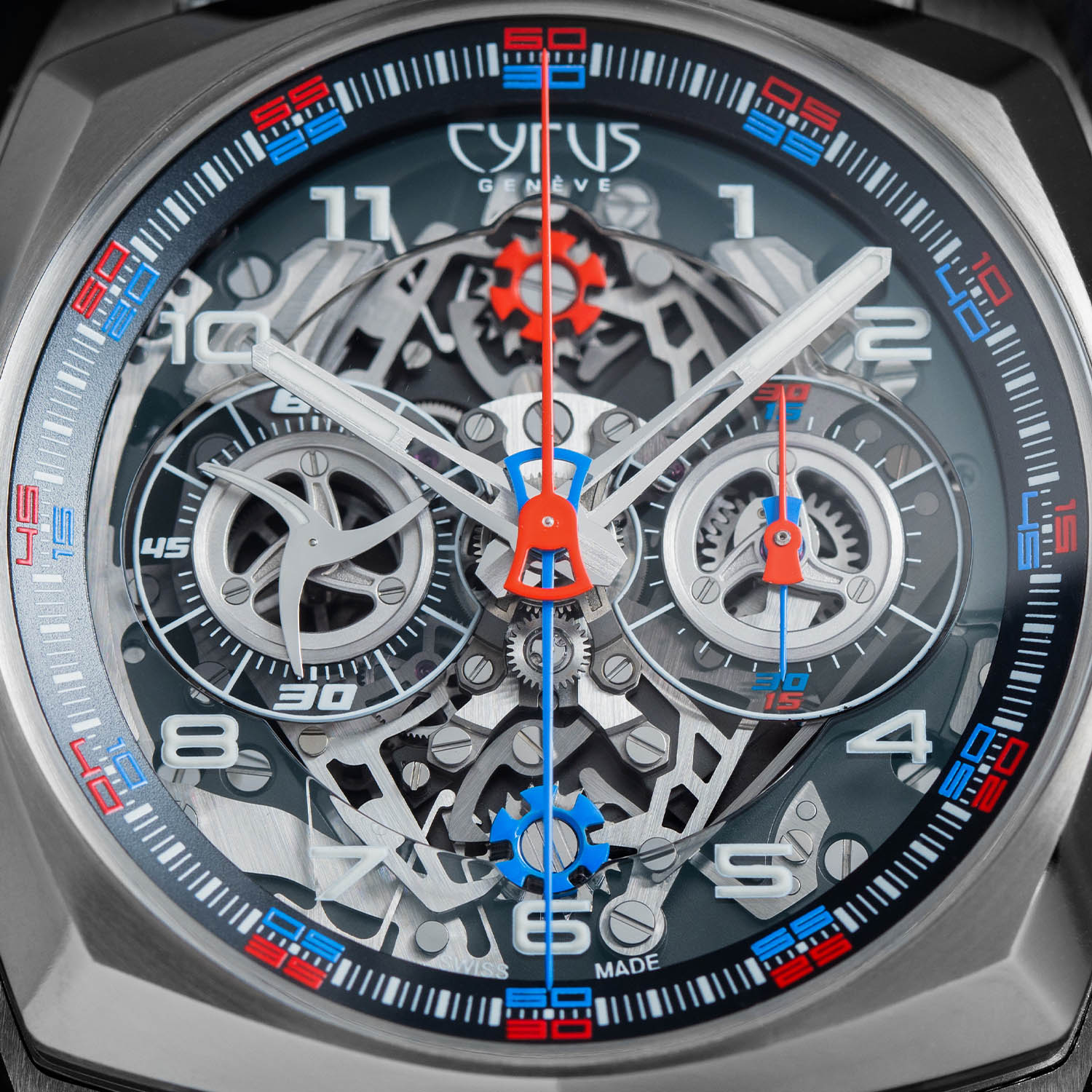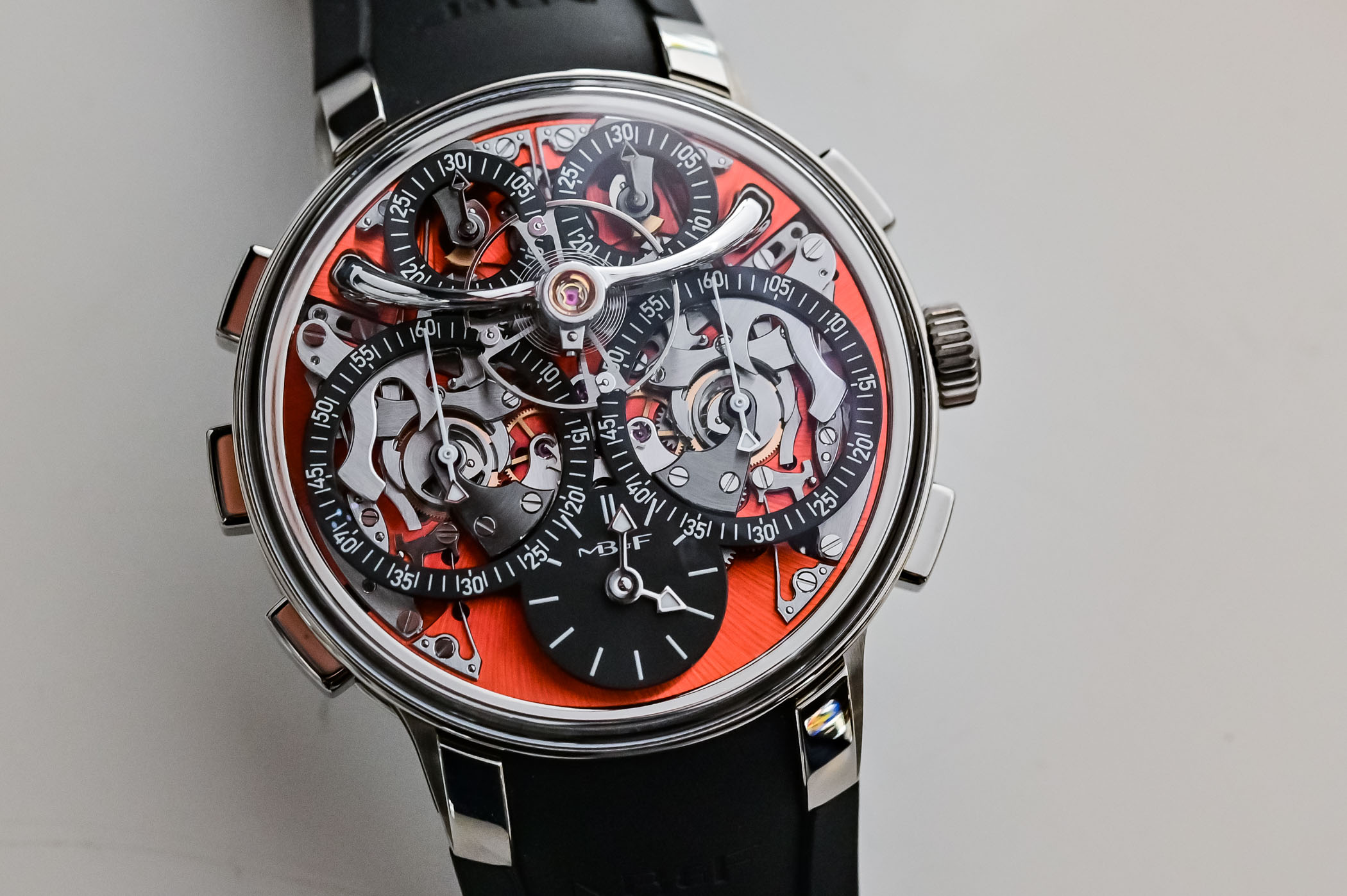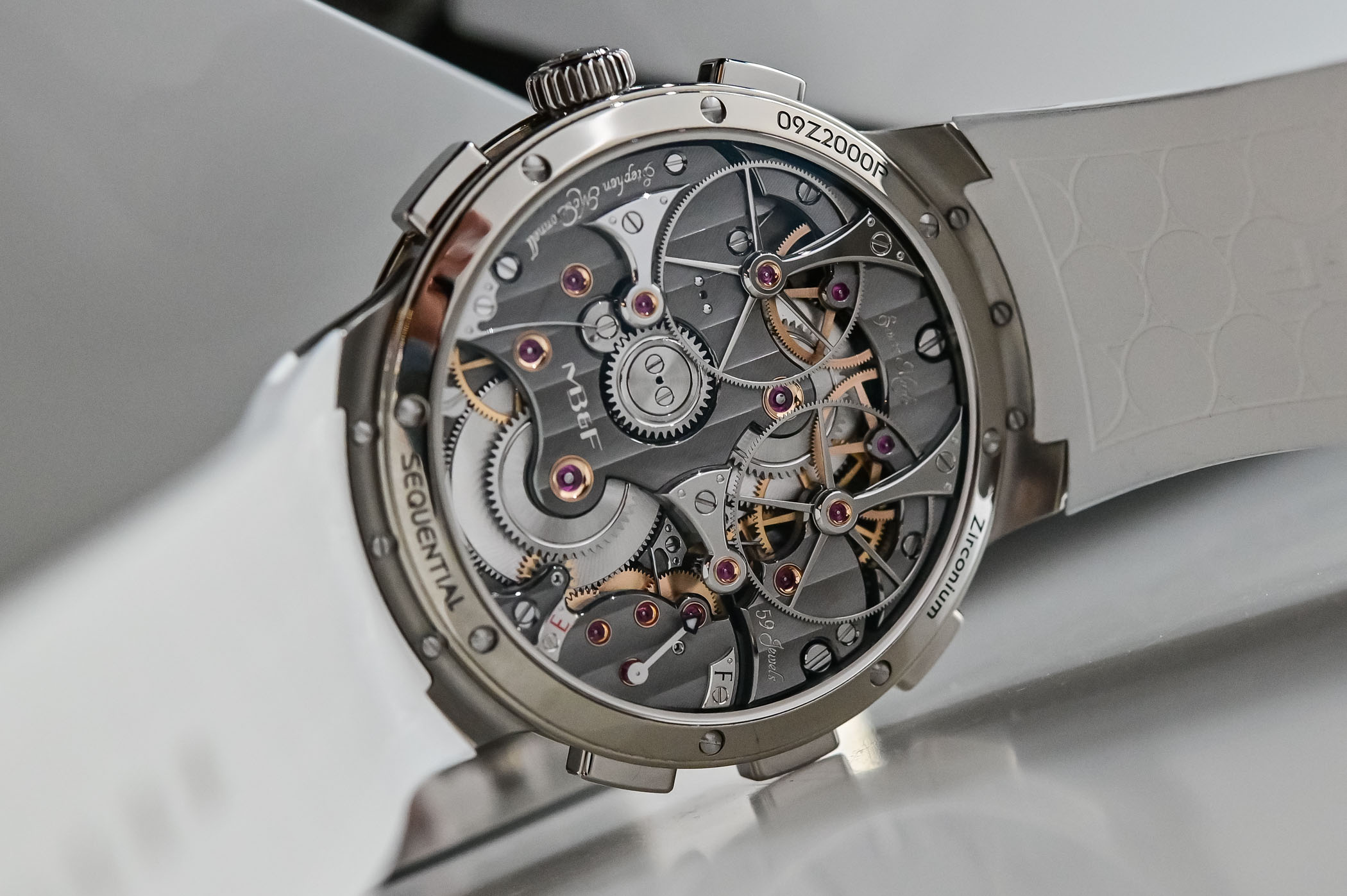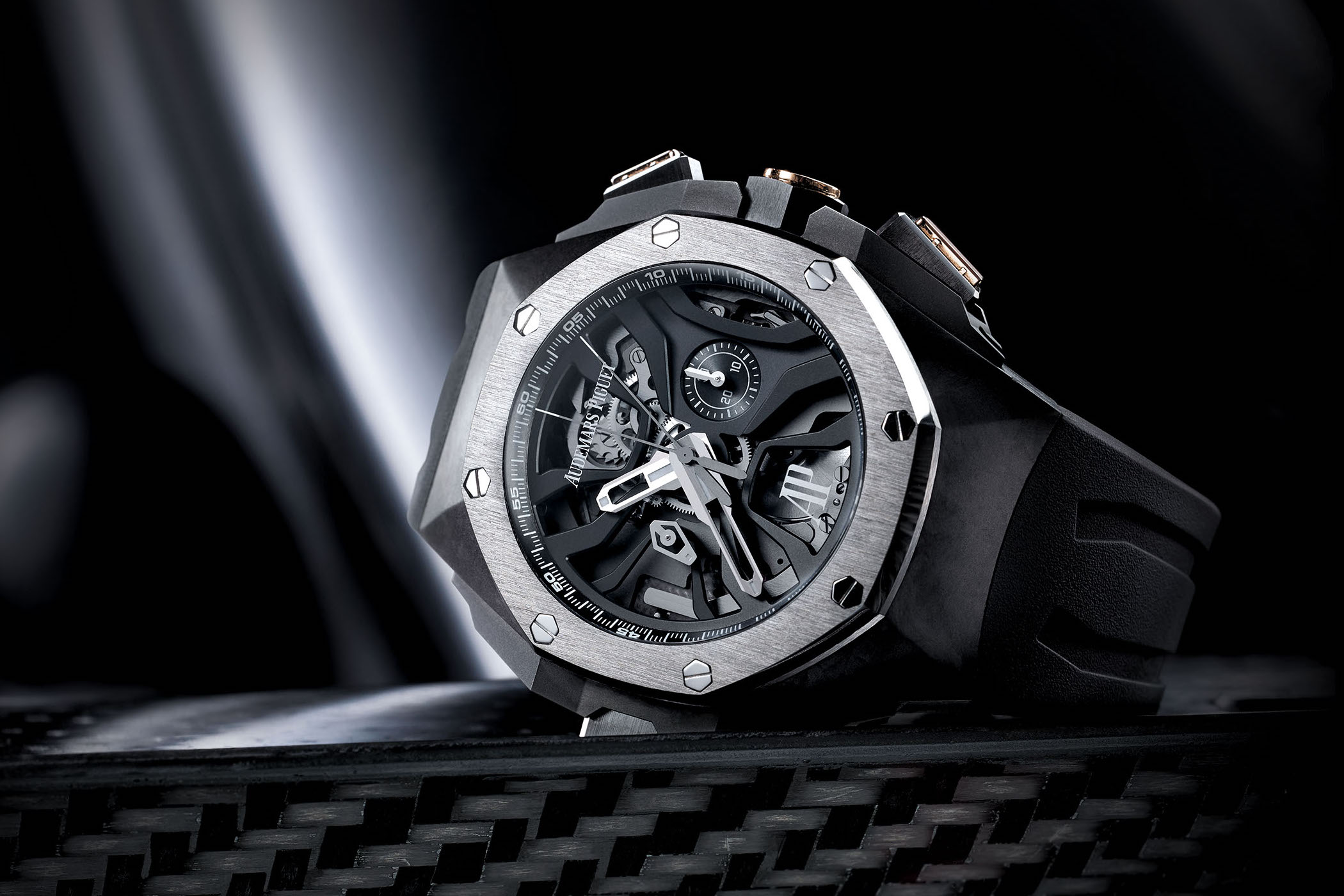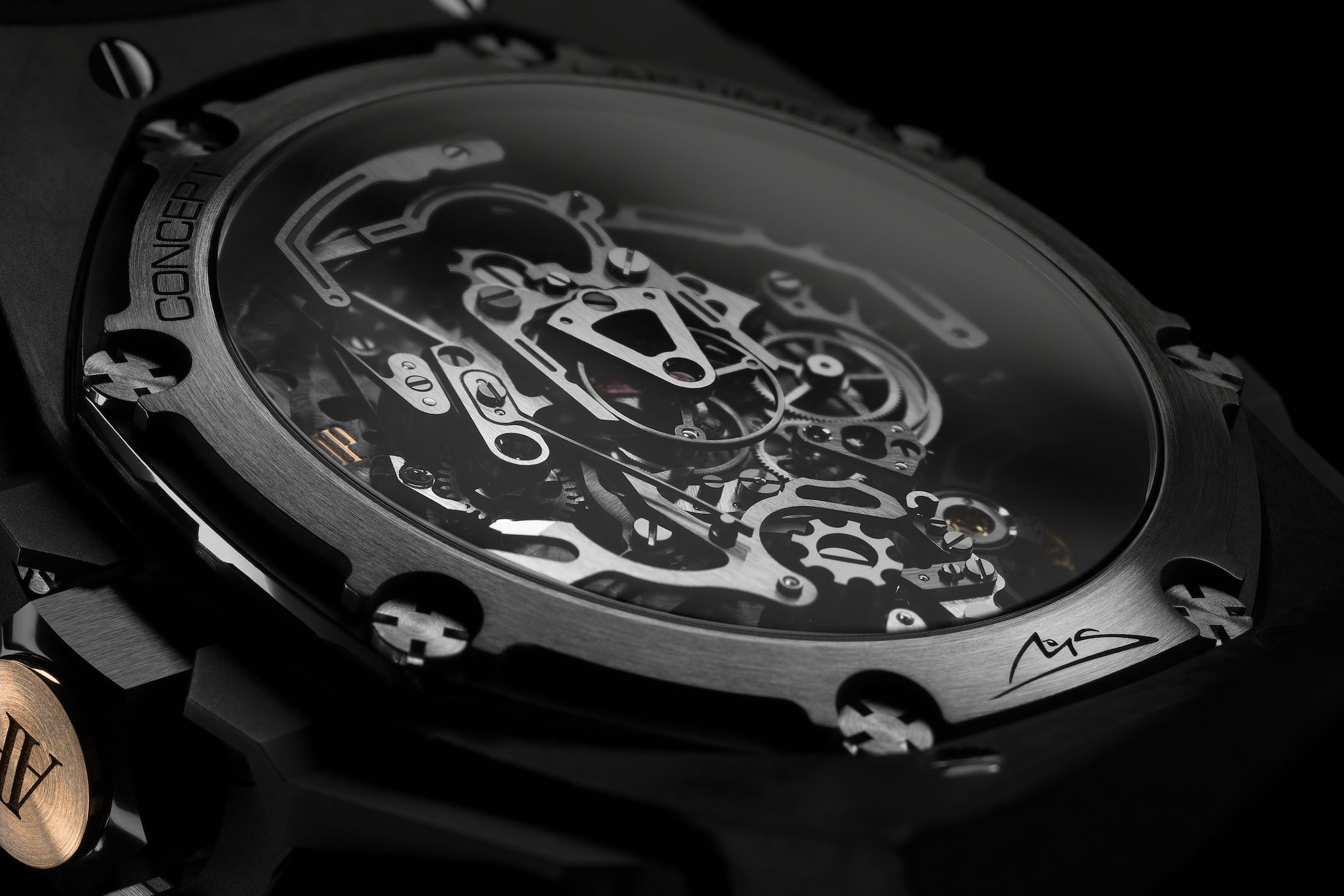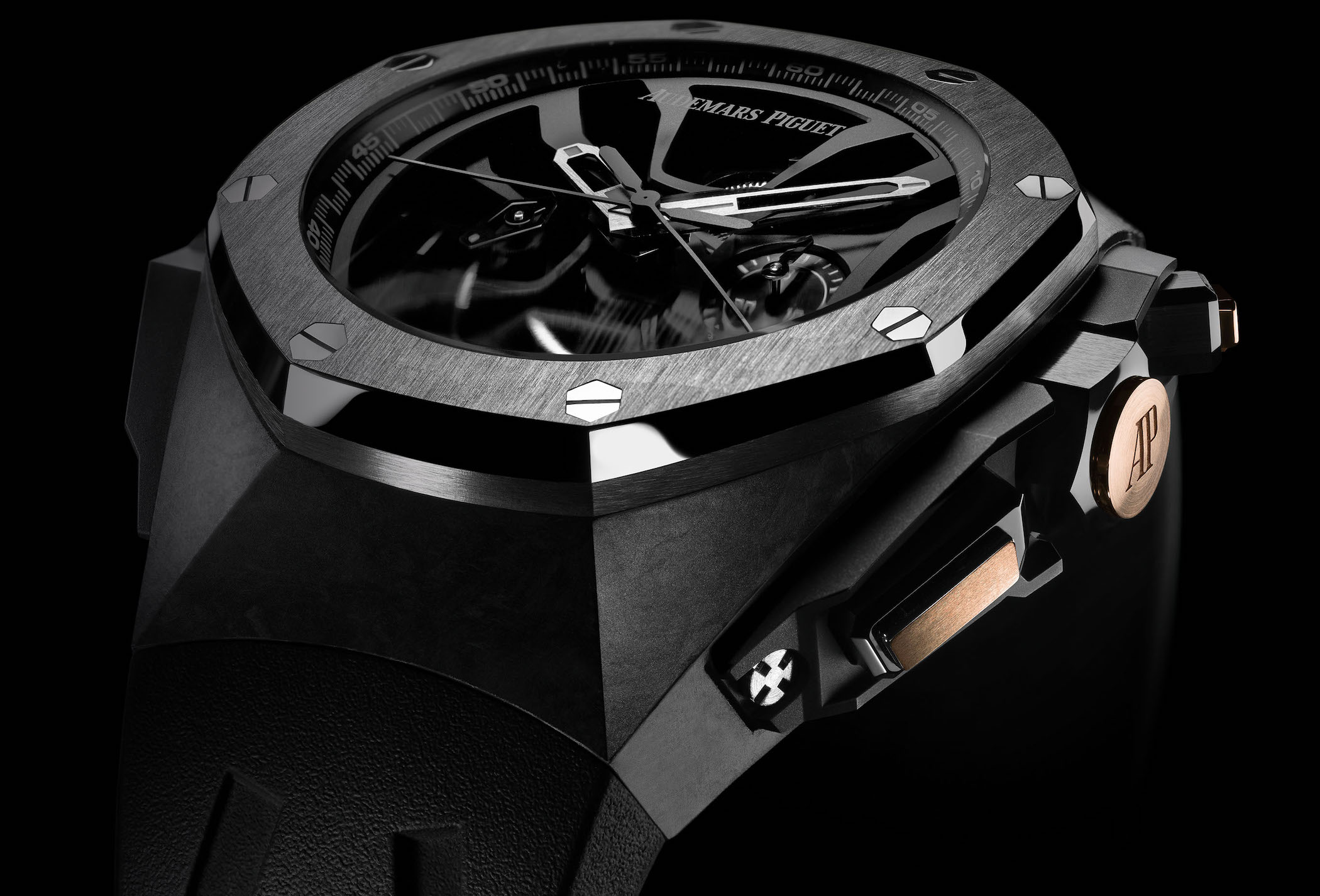Reinventing the Rattrapante Chronograph With Complex Technical Solutions To Time Multiple Events
Going beyond just the classic superimposed central seconds hands.

If the chronograph is one of the most revered complications, the rattrapante (or split-seconds) function takes it to a whole new level. The word rattrapante translates from the French “to catch up”. Rattrapante chronographs feature two superimposed seconds hands that time two events of different lengths simultaneously. One hand (the rattrapante) can be stopped to read an intermediate time, while the other one (the trotteuse) keeps running. A second push on the rattrapante pusher allows the stopped hand to catch up with the moving hand. Joseph-Thaddeus Winnerl is considered to have developed the first split-seconds mechanism in the first half of the 19th century. The split-second chronograph however is not the only mechanism to time multiple events… Here are a few original solutions.
The Double-Split or Even Triple-Split Chronograph
If rattrapante or split-second chronographs traditionally allow to measure split-times up to 1 minute, a major enhancement to this classic complication was brought by A. Lange & Söhne in 2004. The Double-Split features rattrapante seconds and minutes that can be stopped independently and later re-synchronised again. Presented in 2018, the Triple-Split goes one step further with the addition of a third, separately stoppable hand pair for measurements that last up to 12 hours. In short, a split-seconds-minutes-and-hours chronograph.
Double Chronographs
If the concept is not new, recent years have seen the development of new double chronograph movements. What we call here a double chronograph consists in integrating two chronograph movements. On the other hand, a rattrapante mechanism consists of a single chronograph complication where two hands track the time of two events that start simultaneously but end at different times. The precision is all the more necessary as the rattrapante is sometimes called a double chronograph.
Presented in 2021, the Cyrus Klepcys Dice (acronym of Double Independent Chronograph Evolution) is a double monopusher chronograph capable of measuring two time intervals independently. The watch’s double chronograph module is positioned dial side. It brings together two sets of wheels, springs, levers and, of course, two column wheels that each activate one of the chronographs. To make sure that legibility remains optimal, Cyrus plays with two distinct colour schemes – on the hands, on the crowns, on the column wheels and the corresponding tracks. The starting points of the chronograph hands are mirrored: one starts at 12 o’clock the other one at 6 o’clock.
Presented in 2022, the MB&F Legacy Sequential EVO goes a few steps further with two mirrored chronograph mechanisms, five pushers and a “twinverter” (that can either operate both chronographs or invert them) allowing for multiple timing modes. If the watch relies on conventional solutions, all in all, this smart mechanism offers no fewer than 4 different modes, in addition to the classic use of a single chronograph:
- Independent mode – measures the duration of multiple events with separate starting points and endpoints, even when the events overlap in timing
- Simultaneous mode – measures the individual duration of two events that start simultaneously but have different endpoints
- Cumulative mode – measures the individual cumulative duration of two discontinuous events
- Sequential mode or lap-timer – measures the individual sub-duration of a single continuous multi-phase event, with provision for sub-durations that last over a minute
You can watch the following video that will make things clearer:
The Lap Timer
When it comes to racing, timekeeping is key and watch brands have developed countless racing chronographs. Traditionally lap times are timed from the trackside using one or more chronographs (or using electronics). The Audemars Piguet Royal Oak Concept Laptimer features a single chronograph driving two central hands which can be controlled independently via three push-pieces – the first sited at the conventional two o’clock position to start and stop the chronograph; the second sited at the four o’clock position to reset the chronograph, and the all-important third push-piece sited at the nine o’clock position.
This third push-piece allows you to simultaneously stop one of the two chronograph hands, while returning the other to zero and restarting it – The time of the first lap is therefore memorized while the timing of the next lap is underway.
Better yet, the watch can keep a new lap time as a reference. Pushing the third push-piece again stops the running hand to memorize a new reference time while the other flies back to time a new lap. The watch’s patented movement incorporates no fewer than three column wheels. One to control the chronograph sequence while the two others control the laptimer sequence.

